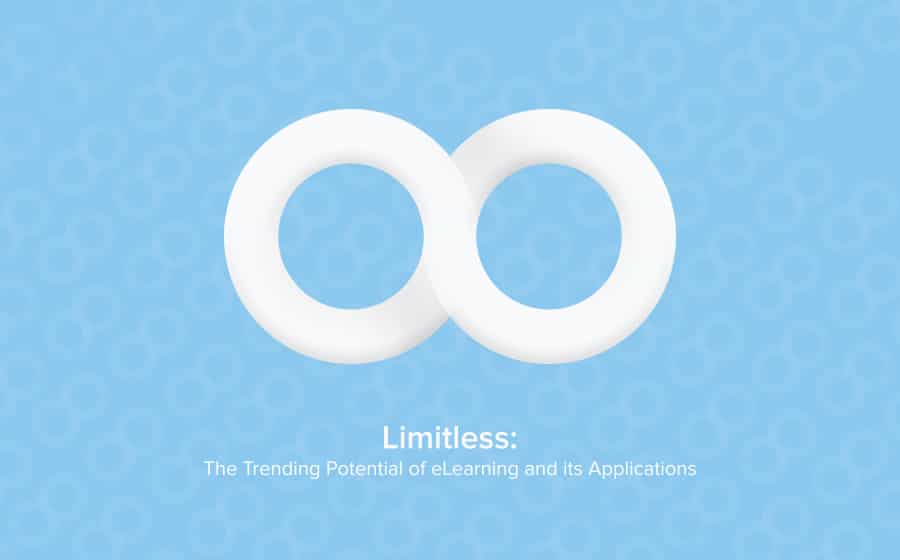In a recent trends report by Docebo, it was estimated that the eLearning industry is on track to grow at a rate of 7.9 percent annually, with revenue expected to reach $51.5 billion by next year. Still, despite impressive numbers, some naysayers are still quick to dismiss eLearning as a corporate training trend. Hey, we complete agree: eLearning is a trend. But some of the most impactful trends of all time also earned a permanent place in our consciousness. (See also: The Beatles and 140-character status messages.)
The true breadth and impact of eLearning extends far beyond the board room and has become a regular part of human behavior. Just because it’s not directly labeled as “eLearning” doesn’t mean that self-led, technology-based learning isn’t happening. Don’t believe us? Check out some of the other names by which daily and widely accessible eLearning can be known.
You can’t possibly dismiss microlearning as a trend, especially because if you have a smartphone, you probably utilize microlearning every day of your life. Whether it’s checking the daily weather, watching a how-to video on YouTube, or crowdsourcing a parenting question on Facebook, microlearning happens when you gain small bites of information.
Today, microlearning is so natural that most don’t even realize that they’re participants. In fact, one might argue that microlearning is no longer a trend, but a requirement to stay informed and in the know. Our brains receive a small rush of endorphins when learning something new, so we learn to crave the “hit” of knowledge when using our smartphones. From looking up tasty recipes to reading short-form news headlines, smartphones make eLearning a daily routine anywhere there’s a WiFi or cell signal.
MOOCs
Anyone who thinks that eLearning is confined to corporate spaces probably hasn’t done much research on MOOCs. These Massive Open Online Courses are often sponsored or developed by accredited institutions (think Harvard and UCSD) and break the option of excellent post-secondary education wide open for students across the globe.
But MOOCs aren’t just for Chemistry 101: Websites dedicated to MOOCs offer everything from coding to cooking, meaning anyone, anywhere can hone skills, learn a new passion, and score certifications to make them better hiring candidates in their professional lives. As it turns out, the benefits of group eLearning aren’t limited by geography or culture. MOOCs make it possible–and they’re here to stay. What’s more, it proves that corporate necessity isn’t the father of eLearning, but human curiosity.
Virtual Reality
The idea of virtual reality was once a hypothetical (and imagined more for pleasure than professional development), but new applications and technology have reimagined just how virtual reality and simulated reality can be used.
Imagine a simulation where you could practice a high-stakes customer practice before you ever came face-to-face with someone? Or a virtual reality world designed to allow colleagues to collaborate regardless of department or location? Simulations help learners put into practice the things that they know, and the stuff on which they need to improve.
Remember: just because it doesn’t have the “eLearning” tag doesn’t mean it doesn’t exist under the broad umbrella of eLearning applications. The idea of self-led learning and growth isn’t limited to corporate training. In fact, eLearning has become so commonplace that what was once a corporate trend has become practically habitual for most people–no matter what it’s called.






